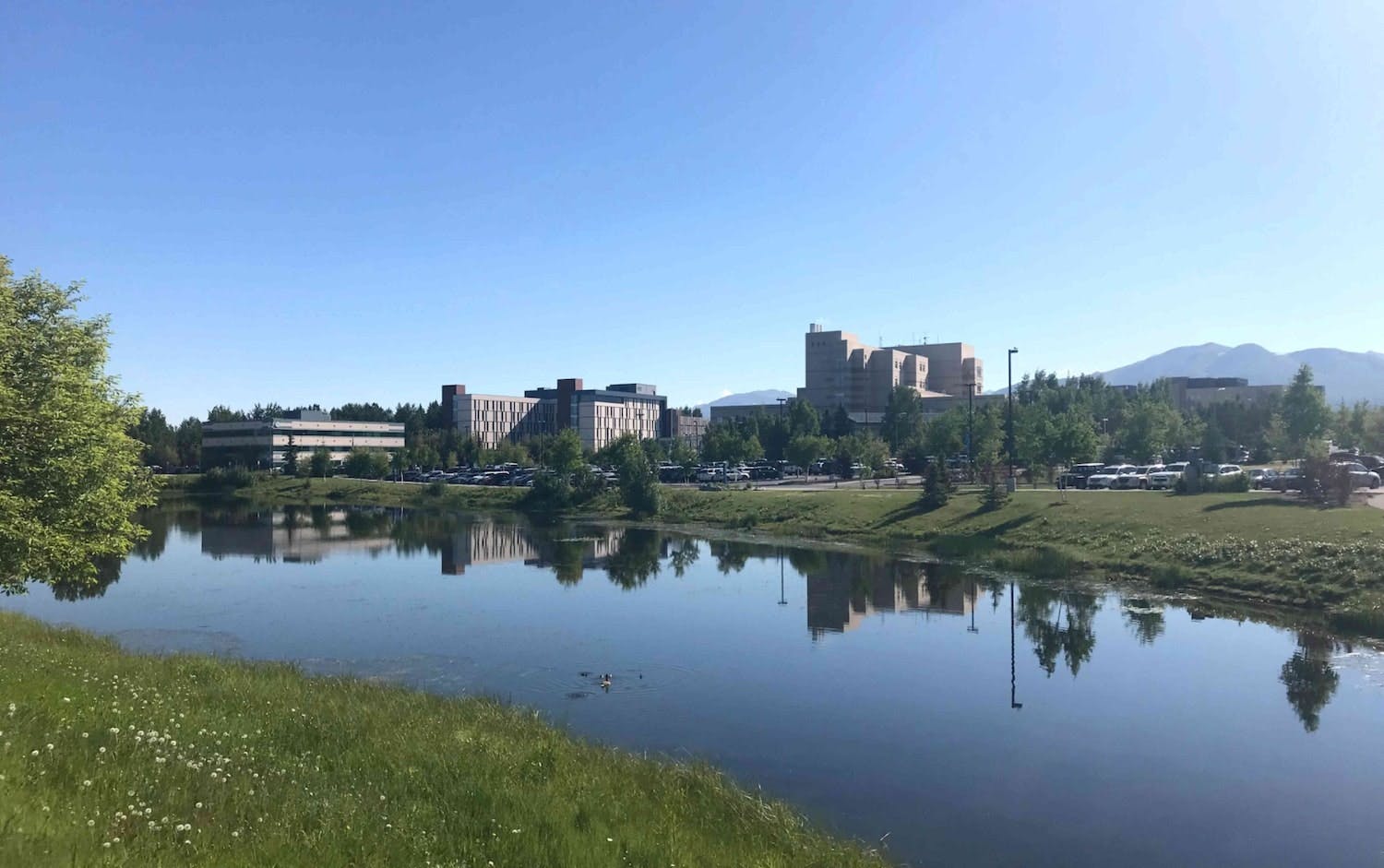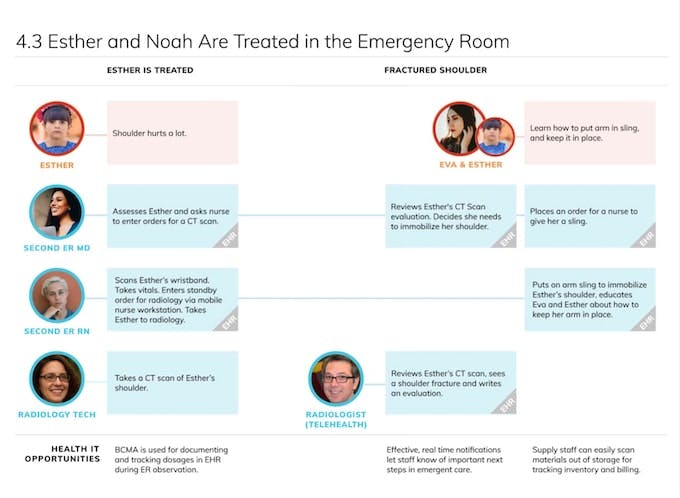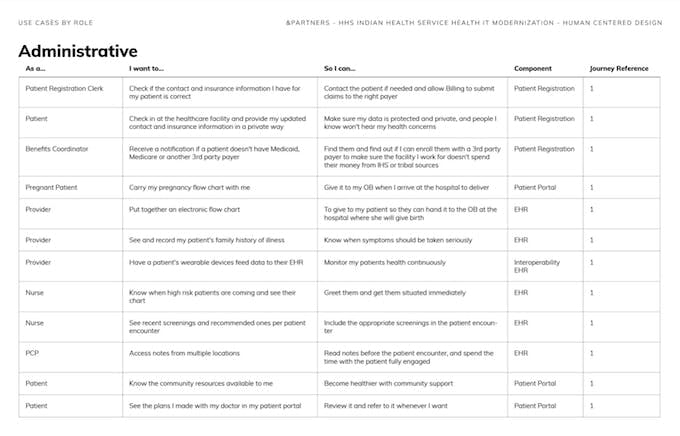The Challenge
- Client Name(s):
- Health and Human Services, Indian Health Service
- Partner Name(s):
- Pistis
- Delivery Date:
- June 26, 2020
IHS decision makers wanted to understand how healthcare technology could better meet the needs of American Indian and Native Alaskan patients.
Our goals were to contextualize the unique functional needs of Health IT for the I/T/U environment, help government and Congress understand the needs and challenges of AI/AN patients, and create a rubric by which to evaluate bidders on future improvements and modernization innovations.










